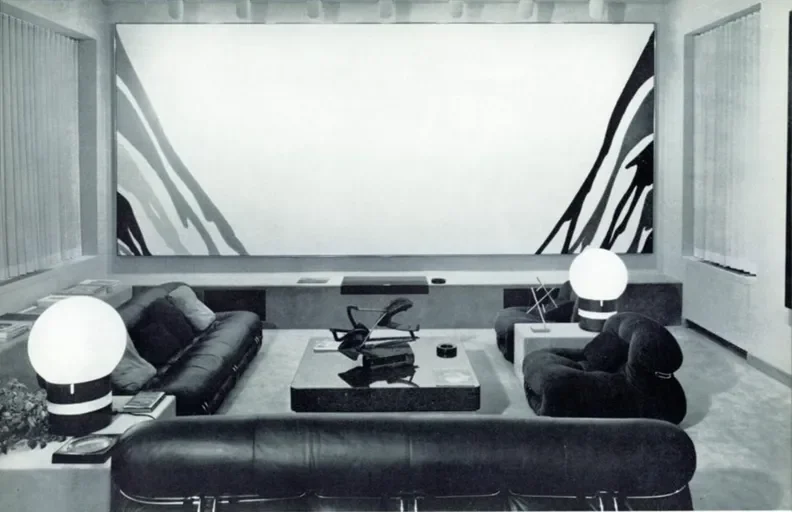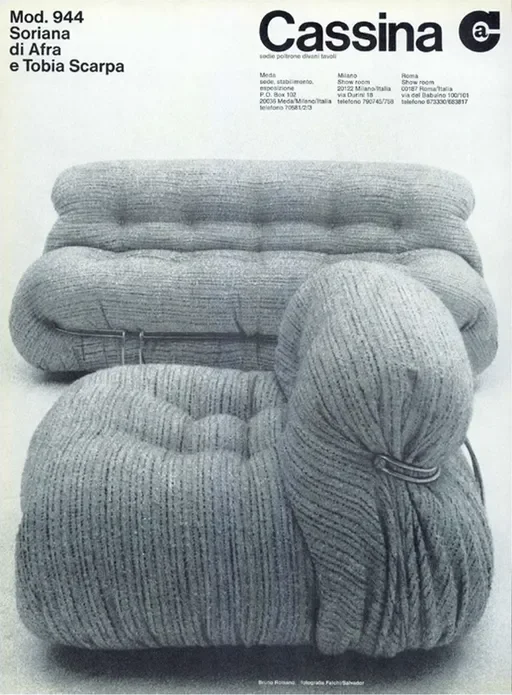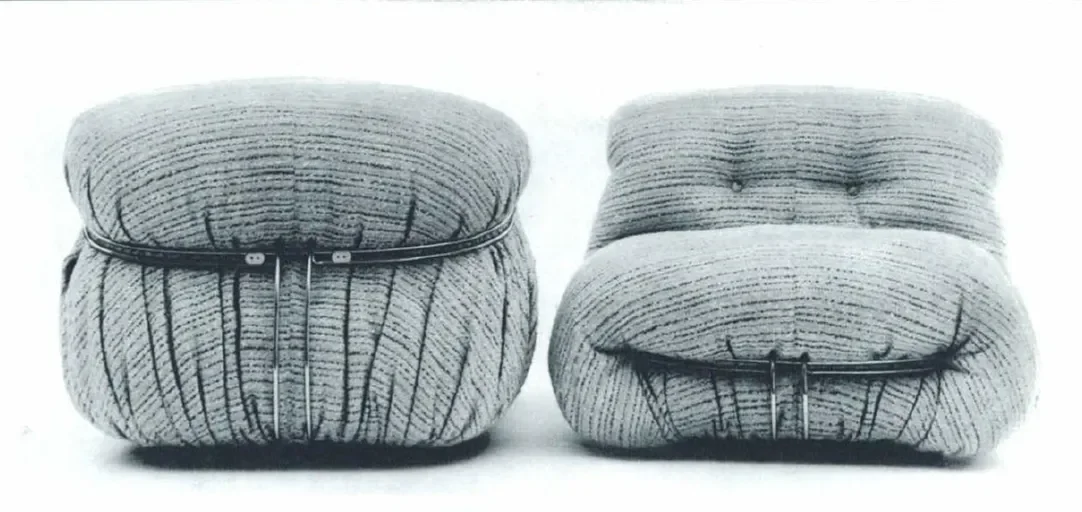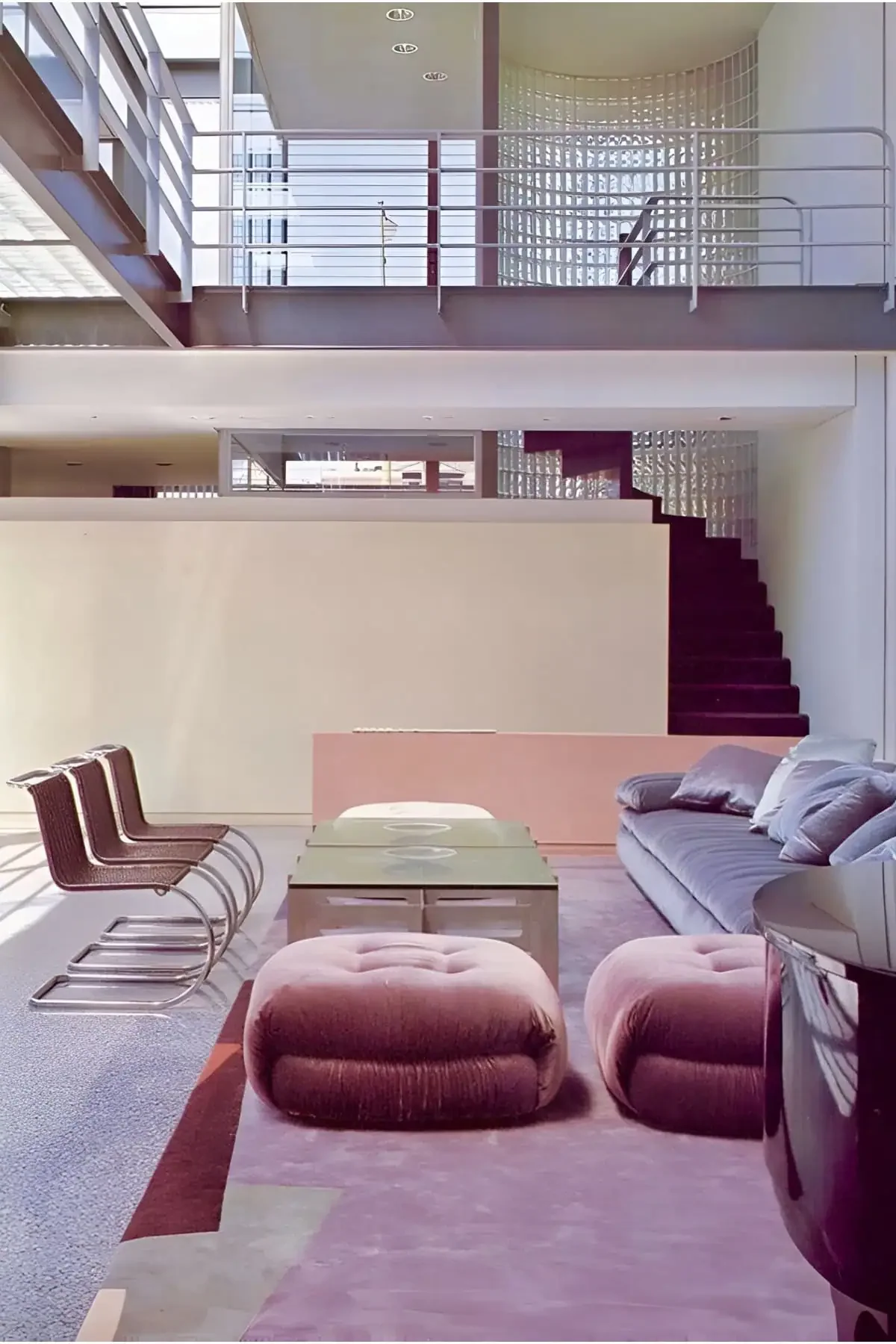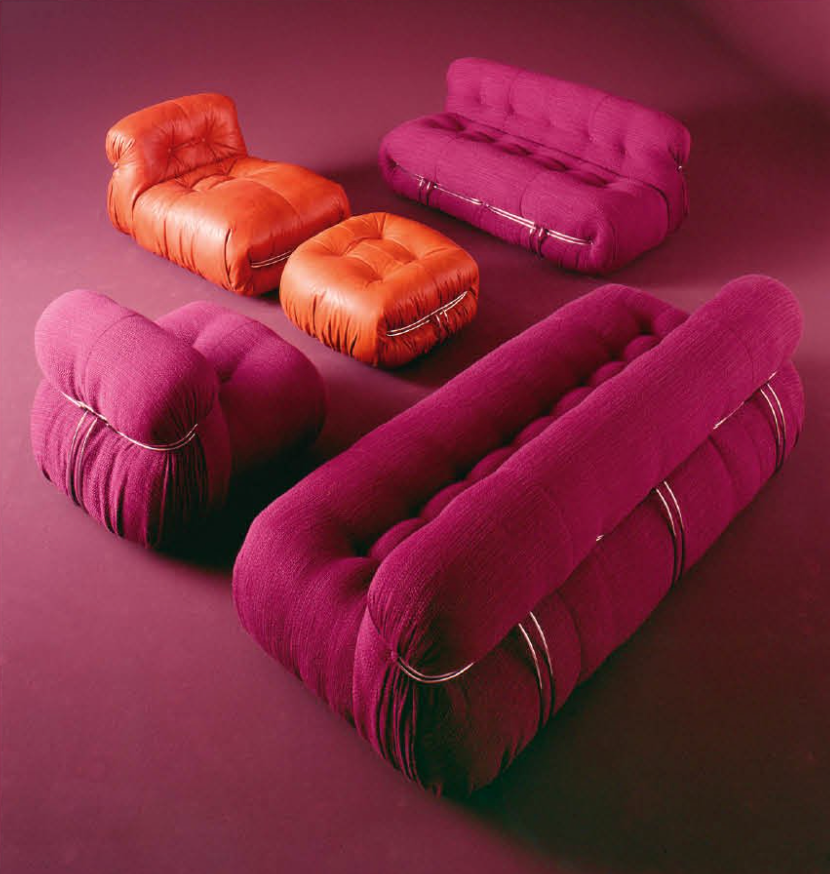AFRA AND TOBIA SCARPA
AFRA: 1937 - 2011
Tobia: 1935 - prESENT
AFRA AND TOBIA SCARPA
Between the desks of the IUAV University of Venice; Tobia Scarpa and Afra Bianchin fell in love. Both graduating on the same day in 1957, their love story quickly blossomed into a creative partnership that spanned five decades, across architecture, restoration, exhibition design, graphics and teaching.
Tobia Scarpa was born in 1935 as the son of acclaimed Italian architect Carlo Scarpa, who designed major projects in Venice such as the Fondazione Querini Stampalia and the Olivetti Showroom or the Brion Cemetery in San Vito d'Altivole. Tobia’s famous last name came as a heavy burden – his father Carlo was an exceptional talent, who had the unique distinction of teaching architecture at the Accademia di Belle Arti (while not being officially an architect) and designing some of Italy most celebrated buildings. Working in the formidable shadow of his Fathers legacy, Tobia – relatively early in his career – set his focus on becoming a designer rather than becoming an architect.
It is worth noting the specific lack of information regarded Afra’s talent and design contribitions. Due to the nature of Afra Bianchin's collaborative career with her husband, Tobia Scarpa, information about her history "without" him is extremely limited and largely defined by their partnership. Her independent professional work is not documented in any detail, as sources confirm their collaboration began almost immediately after they met in university and continued throughout her entire working life.
In the 1960s, they opened their own design studio as a married couple in Montebelluna and started what later would become a very fruitful and hugely influential collaboration. One of their first collaborative commercial designs was the Bastiano sofa (1962) for Gavina which comprised loose cushions within a timber frame; and has gone on to be endlessly popular. Shortly afterward Afra and Tobia designed the iconic “Soriana” seating ensemble in 1969 for Cassina. Due to their complex design achieved using simple tools, the Soriana series won the Compasso d'Oro in 1970.
In the realm of lighting, their work for Flos is extremely interesting with such a broad scope of materials used. The Fantasma lamp (1961) utilised a material called ‘Cocoon’ developed by the United States during WWII. The spray on polymer replicates the work of a silkworm, hence the name. The Biagio lamp (1968) is crafted from a single piece of Carrara marble. In metal and glass, the Papillona floor lamp (1977) is an elegant example of design that could easily have emerged from the 80s or 90s.
Nowadays, the extensive work by Afra and Tobia Scarpa is included in the permanent collections of major museums such as The Museum of Modern Art in New York, the Philadelphia Museum of Art, the V&A Museum in London, or the Museum of Contemporary Art in Chicago.
At the peak of their professional careers the Scarpa’s experience unimaginable family sorrow. The couple lost both of their sons, Sebastiano and Nicolò, in two separate car accidents during the 1990s. Leaving them with their only surviving daughter, Carlotta.
In the wake of this tragedy, the couple continued working, albeit outside of the public eye. Secluded in their design studio, they released only three more designs – lamps for Fabbian in the late 1990s and early 2000s, and the Saturnina (1998) and Galeto (2001). Today, Afra and Tobia Scarpa’s designs are no longer in production. The rare pieces produced by the couple during the 60s and 70s can be found in some private residences and auction houses. Some are also exhibited in prominent museums ranging from MoMA in New York and the Louvre Museum in Paris.
KEY DESIGNS:
B&B Italia: The design duo created several influential pieces for this Italian furniture company.
Coronado sofa (1966): An armchair and sofa that embodies the era's taste for soft, rounded shapes.
Artona series (1975) A collection of high-end timber furniture, including the Artona Armchair, that showcases the Scarpas' craftsmanship.
Bamboo bedside table (1970s): A vintage piece made of bamboo.
Soriana sofa (1969): A groundbreaking modular sofa that won the Compasso d'Oro prize. It features a chromed metal frame that cinches plush polyurethane foam padding.
121 chairs (1960s): A series of chairs and extensible tables made with a distinct solid wood trestle structure and curved plywood seats.
Bastiano sofa (1961): A wooden sofa designed for Gavina.
Pigreco chair (1959): One of their first furniture designs to go into production, it has an elegant three-legged appearance.
Papillion lamp (1973): One of the first lamps to use halogen technology
Nictea chandelier (1962) A chandelier with a Space Age design, featuring a nickel-plated brass structure and pressed glass
Foglio wall light (1969) A vintage metal wall light with a distinctive curved shape.
Saturnina lamp (1998)
Galeto lamps (2001)


